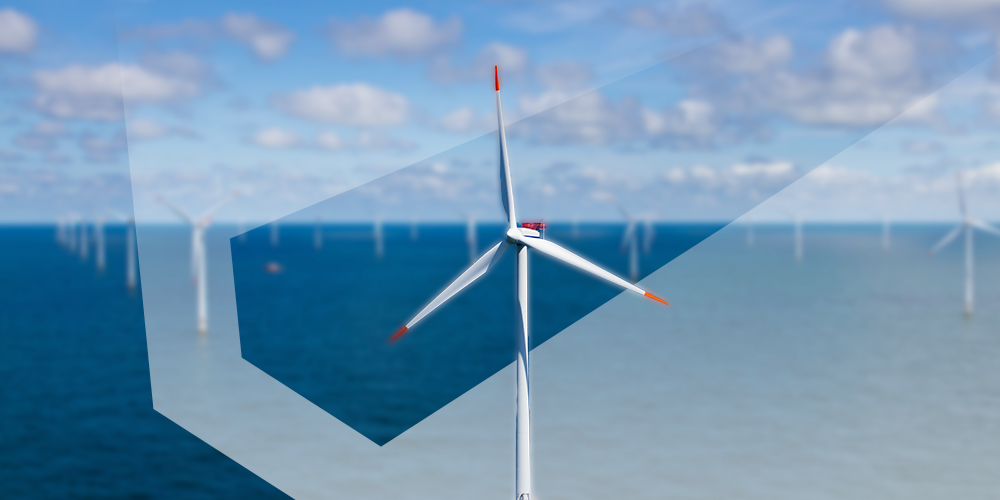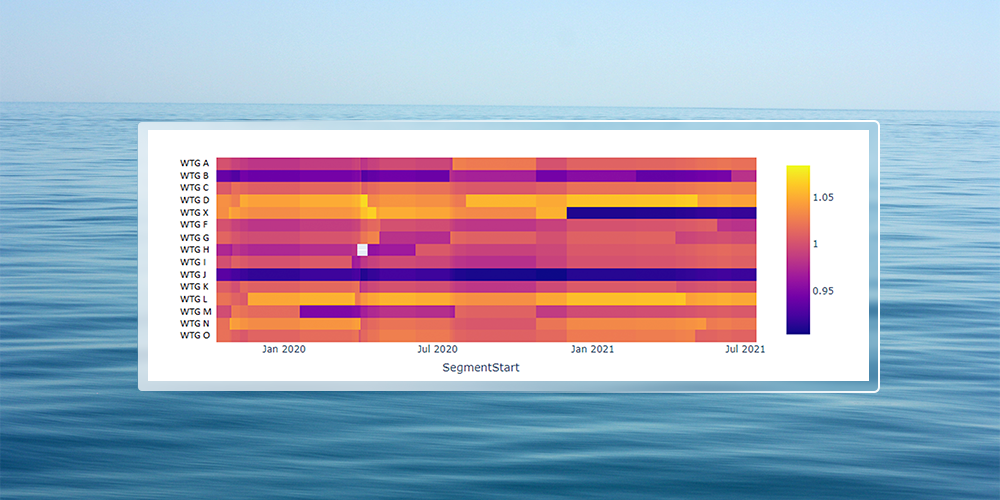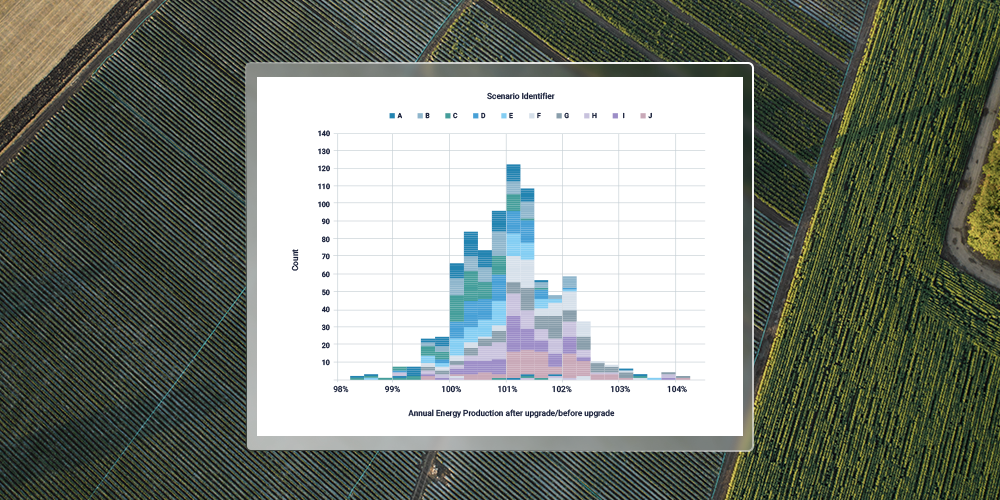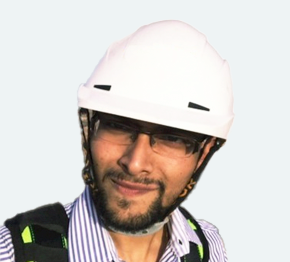With the first large-scale North American offshore wind farms looming, the market has a lot to learn: how to secure the supply chain, how to establish realistic performance expectations and how to manage risks.
In order to optimize the development of offshore farms, it can be beneficial to learn from established regions, such as Europe. With access to industry insights and benchmarking from those markets, owners can understand production and risks, find the best technologies for the environment, and optimize assets and mitigate risks to improve performance.
Clir's 200 GW of data enables insights into performance and risks impacting European offshore projects. Leveraging this data will enable the North American market to make smarter pre-construction and operational decisions on their offshore wind farms.
Energy yields
Pre-construction energy yield assessments have historically been overly optimistic. In Clir’s analysis of European offshore wind farms, the pre-construction net P50 was met during only 15% of single years and only 6% of three-year periods. These inaccuracies can result in significant issues: budgets and financial models will be inaccurate. Owners will not get expected returns. The best projects may not be built.
Where are energy yield assessments going wrong? What can be done to approve upon this methodology for better accuracy?
The main issue with pre-construction energy yields is the data used to develop them. Typically, sensors are constructed in the space where future wind farms will be built. Many may not be accurate representations of the wind resource in the area, due to fluctuations in wind speed and inaccurate representations of the final design. It can also be challenging to accurately predict the risks or performance issues that will be experienced throughout operations.
Despite the amount of data available, without insight into actual performance and risks, pre-construction energy yields will remain inaccurate. Luckily, Europe has data from operational wind farms that can help improve performance predictions in North America.
Accessing industry data enables comparisons between peer farms to improve the accuracy of energy yields. For instance, Clir can compare sub-optimal performance across the industry to understand losses for wind farms in similar conditions. This enables improved accuracy for the loss assumptions in energy yields.
Industry data can also help to understand downtime trends for offshore wind farms. Our wider offshore experience to date shows median annual losses of balance of plant (BoP) as 99.93%. This data can be configured into pre-construction energy yields to inform the loss assumptions. For environmental losses, the benchmark values can be leveraged in conjunction with loss factors estimated based on site-specific data to improve the assumptions.
Turbine technology selection
Pre-construction energy yield assessments have limited data on the technology performance issues that may arise on the farm: How will the turbines perform in the region’s conditions? How will new technologies perform compared to older, established models?
Choosing the best technology for the farm’s conditions can determine the future performance and risks experienced on the project. By analyzing the technologies on European offshore wind farms and benchmarking the turbine performance, offshore wind farm owners in North America can make more informed decisions when selecting their turbine technology.
Turbine performance can be assessed using benchmarks from a peer group of turbines with similar characteristics. This includes how much controllable lost energy can be expected from turbine faults and how contractual availability typically trends against technical availability. It also enables insight into how long it will take for new technologies to mature and achieve a steady state of operational performance based on similar trends from historical performance data.
Owners can also understand how technologies have been optimized for offshore risks, including wakes or cable losses. Understanding the specific component risks facing offshore wind farms can help owners develop strategies to optimize technology and minimize project risks, improving future performance.
Establishing North America
There will still be challenges that North America will need to overcome in order to meet ambitious offshore targets, such as developing the domestic supply chain and manufacturing capabilities. But understanding performance and risks during the development stage of these projects will ensure that the operational phase meets expectations and encounters fewer teething issues.
Leveraging industry benchmarking can help emerging industries make smarter decisions and build better projects. With accurate data into losses, risks and performance, owners and investors can optimize from the very beginning, improving confidence in future performance. This can help establish robust p-values and improve project valuation.
As North America begins to venture into offshore wind, owners and operators will need access to data to ensure success and help to continue to grow the pipeline of offshore projects.







